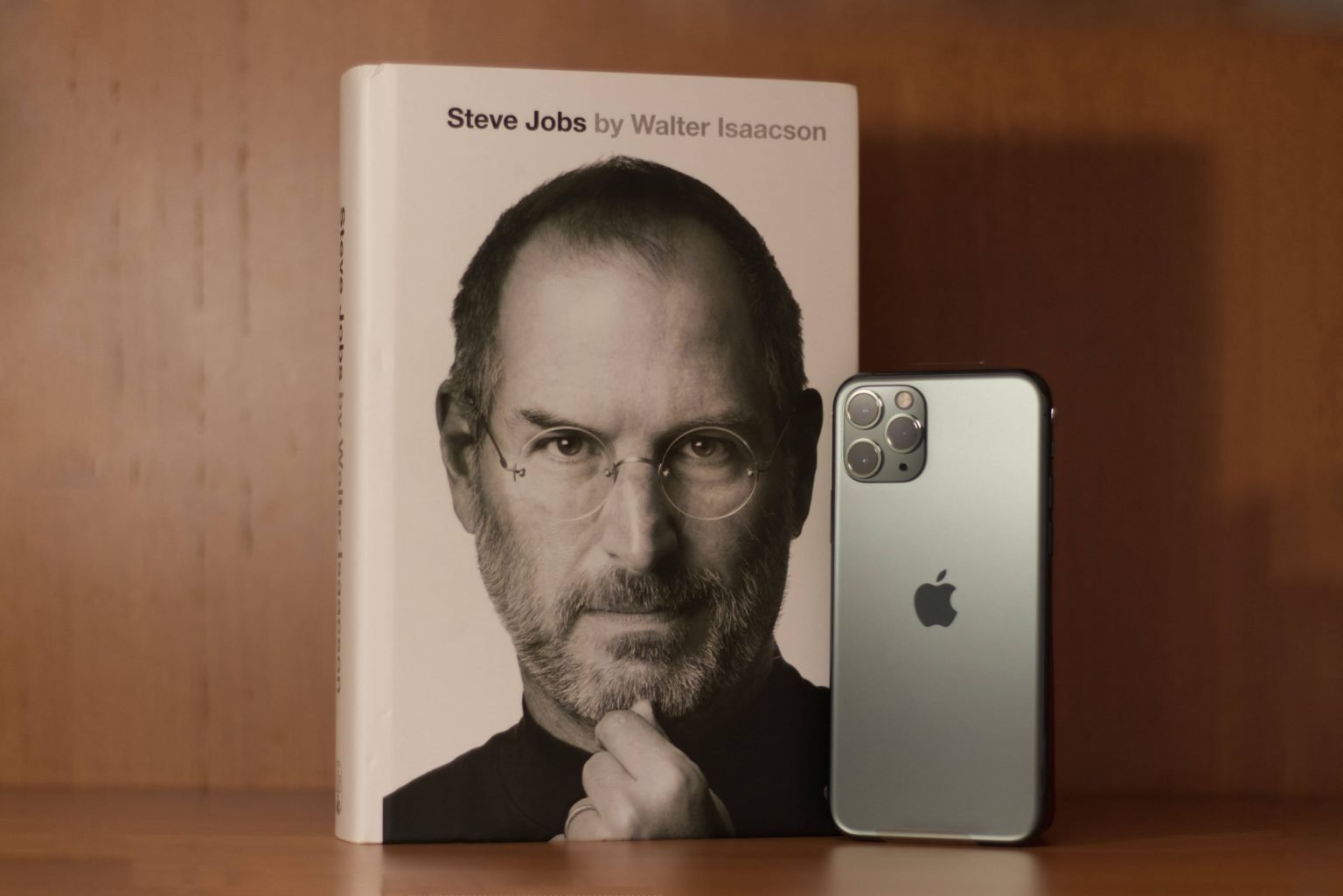We’re all familiar with some of the more famous examples.
‘I have a dream…’, ‘to be or not to be’, ‘it was the best of times, it was the worst of times’.
Literary devices are techniques you can use to make your speaking or writing more interesting, emotive and effective. They help you captivate your audience, make them feel deeper emotion or understand something easier.
‘But wait’, I hear you say, ‘I’m not trying to inspire the nation or write poetry or the next great novel, I just want to sell my brand of jellybeans…’
Don’t worry.
Whilst it may be true that many famous examples come from some of the most important figures and moments in history, they also have a use in marketing.
Literary devices are deployed by some of the world’s most famous brands.
In a world where customers have so much choice, they help you stand out.
They are used in brand names, tag-lines, advertisements, blog articles, and almost every form of communication.


WE ALL USE THEM, ALL THE TIME...
Are you reading this article in part because you found the title interesting?
It contains at least 2 literary devices.
Alliteration – the repetition of the ‘s’ sound to add emphasis and rhythm.
Antithesis – the use of contrasting images, one of a centuries old figure from high culture, and the other of a modern-day mass marketer. I’ve used them to (hopefully) show that almost anyone can make use of literary devices.
One need not be a literature professor or a famous tech-company CEO.
We all use them, all the time. In fact, I just used two more. The above sentence about Shakespeare is an example of litotes. And the sentence after that is an example of parallelism.
Or, at least, I think they are.
You see, knowing the exact definition of each technique is not as important as knowing they exist.
We can then toss them all in bag, shake them all about, and let our minds go to work pulling out the creativity the next time we start to write…
Below we’ll examine some different literary devices and their use in literature or pivotal moments in history as well as in marketing.
THE RULE OF 3
Strictly speaking the rule of three isn’t a literary device, but as I said, exact definitions are not what we’re chasing today. We just need to know what it is, how we can use it, and that it works!
The rule of three is a principle that states things are funnier, more interesting, more satisfying, more effective etc if they come in threes.
Why 3, you ask?
Three is long enough to make a pattern, but not so long as to be a boring list.
Long enough to form a pattern, yet also brief and concise enough that you can remember almost all of it.
Three is a mixture of conciseness and rhythm.
The use of the rule of three can be seen throughout history, in the foundational aspects of our society and in our most basic ideas.
It is seen in the foundations of religion;
-the holy trilogy,
-the three wise men.
In the foundations of government;
-liberté, elgalité, fraternité,
-life, liberty and the pursuit of happiness,
-of the people, by the people, for the people.
It’s baked into our legal system;
-to tell the truth, the whole truth and nothing but the truth.
Its been used at pivotal moments in world history;
-veni vidi vici – Julius Ceaser,
-never in the field of human conflict was so much owed by so many to so few – Winston Churchill.
We use it when we’re having fun;
-sex, drugs and rock and roll.
-reduce, reuse and recycle.
It’s even in our fairy tales;
-the three little pigs,
-the three blind mice.
True, there was only 1 Goldilocks. But even she went to the 3 bears house…
If you can reduce an idea to 3 points or 3 choices or 3 options, people make the assumption the you’ve done the hard work, and boiled it down the the essentials. All wheat, no chaff.
A common technique used as in pricing is to offer customers 3 choices or 3 levels of membership. Customers don’t want what is perceived as the cheap and nasty and basic version, nor do they want premium version which is often deliberately overpriced. They’ll choose what they see as the sensible middle; a reasonably priced version, with a decent amount of features.
Its also great for comedy as people are set up for pattern recognition.
A set of 3 is the perfect length for the setup, building anticipation, then the punchline.
ALLITERATION
Alliteration is the repetition of initial consonant sounds in successive or nearby words to make more memorable and impactful.
-‘Hard and heavy tidings’ – Winston Churchill.
It’s used in many brand names;
-Dunking Donuts,
-Paypal,
-Bed, Bath and Beyond,
-Krispy Kreme.
And also many names in literature;
-Black Beauty, Peter Pan, Nicholas Nickelby, Walter White.
ASSONANCE
A bit like alliteration but involving the Repetition of vowel sounds to create rhyme.
– The ‘i’ in ‘Think different’, – Apple
– The ‘o’ in Coca-Cola
HYPERBOLE
Deliberate exaggeration to create emphasis.
– Open happiness – Coca-Cola
– The best a man can get – Gillette
ANAPHORA
The repetition of a word, or a number of words at the beginning of neighbouring sentences or phrases.
It adds rhythm and a poetic effect and obviously adds emphasis through repetition.
– I have a dream…. I have a dream…. – Martin Luther King Jr
– It was the best of times, it was the worst of times – Charles Dickens, A Tale of Two Cities
-We shall fight on the beaches, we shall fight on the landing grounds, we shall fight in the fields and the streets – Winston Churchill
-Have a break, have a KitKat.
ANADIPLOSIS
Repetition of a word at the end of one sentence, and the beginning of the next.
– Fear leads to anger. Anger leads to hate. Hate leads to suffering – Yoda
– The only way to be truly satisfied is to do what you believe is great work. And the only way to do great work is to love what you do – Steve Jobs
EPISTOPHRE
The reverse of anaphora. Repetition but at the end of sentences or phrases.
– Of the people, by the people, for the people – Abraham Lincon
– When I was a child, I spoke as a child, I understood as a child, I thought as a child – Corinthians 13:11
PARRALELLISM
The repetition of phrases similar in structure or sound or meter.
They can either express similar sentiments;
– to defend our island home, to rid out the storm of war, to out outlive the menace of tyranny. – Winston Churchill
– We shall pay any price, bear any burden, meet any hardship, support any friend, oppose any foe to assure the survival and the success of liberty – John F. Kennedy
Or use antithesis for contrast;
– One small step for man, one giant leap for mankind – Neil Armstrong
– I come to bury Caesar, not to praise him – Shakespeare Julius Caesar
– Melts in your mouth, not in your hands – M&M’s
ANTITHESIS
The use of two contrary opinions, ideas, or characteristics close together to draw contrast.
– It was the best of times, it was the word of times – Charles Dickens, A Tale of Two Cities
– One small step for man, one giant leap for mankind – Neil Armstrong
– We will extend a hand if you are willing to unclench your fist – Barrack Obama
– Float like a butterfly, sting like a bee – Mohammed Ali
POLYSYNDETON
The repetition of conjunctions (normally ‘and’ , ‘but’, ‘or’) to change the rhythm and add intensity or excitement or gravity.
– If there be cords, or knives, or poison, or fire, or suffocating streams, I’ll not endure it – Shakespeare Othello
ASYNDETON
The opposite of polysyndeton. All conjunctions are replaced with commas.
– Veni, vidi, vici – Julius Caesar
LITOTES
Negation of one quality to emphasise another.
Huh? You ask?
Maybe this one’s easier with a few examples…
– Not bad = very good
– Its not exactly a walk in the park = it’s quite hard
– I wouldn’t say no = that’s a definite yes.
BUCKET BRIGADES
Once again not exactly a literary device but a very useful technique to know.
A short phrase that encourages the reader to… keep on reading. It engages the reader in ‘conversation’, keeps their attention and makes content easier to read
-You read that right.
-Just think about it.
-And now you’re thinking…
-You ask?
-Does this sound familiar?
-What if you could…?
-What does this mean for you?
-Good question.
-Turns out..
-It’s true
-Simply put…
-We’ve all been there.
-I know the feeling
-Let me guess.
-Let me explain why

